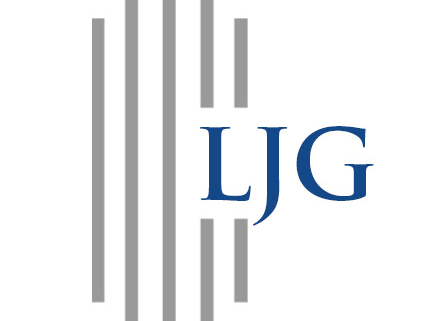Florida Law Weekly – January 29, 2021
Ferrer v. Jewelry Repair Enterprises, Inc. – 4th DCA
In this case, the Trial Court granted a motion for summary judgment in favor of the franchisor. The plaintiff was injured when he was shot by the owner of the franchisee at the franchise location where he worked. As the Court of Appeal noted, the franchise agreement was typical and merely required standardization of products, services, and contemplates regular and ongoing support to the franchisor. However, the franchise agreement did not provide the franchisor any control over the day-to-day operations. The Court of Appeal cited to Mobil Oil Corp. v. Bransford, where the Florida Supreme Court held that a franchisee’s use of logos and related advertisements doesn’t indicate that the franchisor had actual or apparent control over any substantial aspect of the franchisee business or employment decisions. In affirming summary judgment, the Court of Appeal held that the franchisor had no legal duty to the plaintiff and couldn’t be held liable for the acts of the franchisee’s owner.
Kent v . Diaz-Navedo – 5th DCA
The defendants in an automobile negligent suited sought review of a discovery order that would compel their counsel and her law firm to disclose the amount of money that the firm had paid to their retained trial experts in the case over the last three years. In a similar case, the Court of Appeal denied certiorari relief because the Court believed that production was consistent cases permitting similar discovery, which furthered the truth-seeking function and fairness of a trial. The District Court denied the petition but certified the question to the Florida Supreme Court as one of great public importance. The Florida Supreme Court heard oral argument on a similar issue, but has yet to render an opinion.
Meyers v. Shontz– 2d DCA
In this case, Meyers appealed from the Trial Court’s Order granting a motion for new trial on the grounds that the verdict was against the manifest weight of the evidence. The Court of Appeal initially reversed the Trial Court’s decision because it used the wrong legal standard in making its decision. The Court of Appeal remanded with instructions and specifically advised the Trial Court that the Order needed to address the issue of causation. The Trial Court’s second Order again failed to address this issue. The Court of Appeal reversed the second Order, again noting that because the Trial Court did not specifically state how the verdict was against the manifest weight of the evidence on the issue of causation, the Order was predicated on a legal error.



 litigation and appeals in all Florida state and federal courts.
litigation and appeals in all Florida state and federal courts.